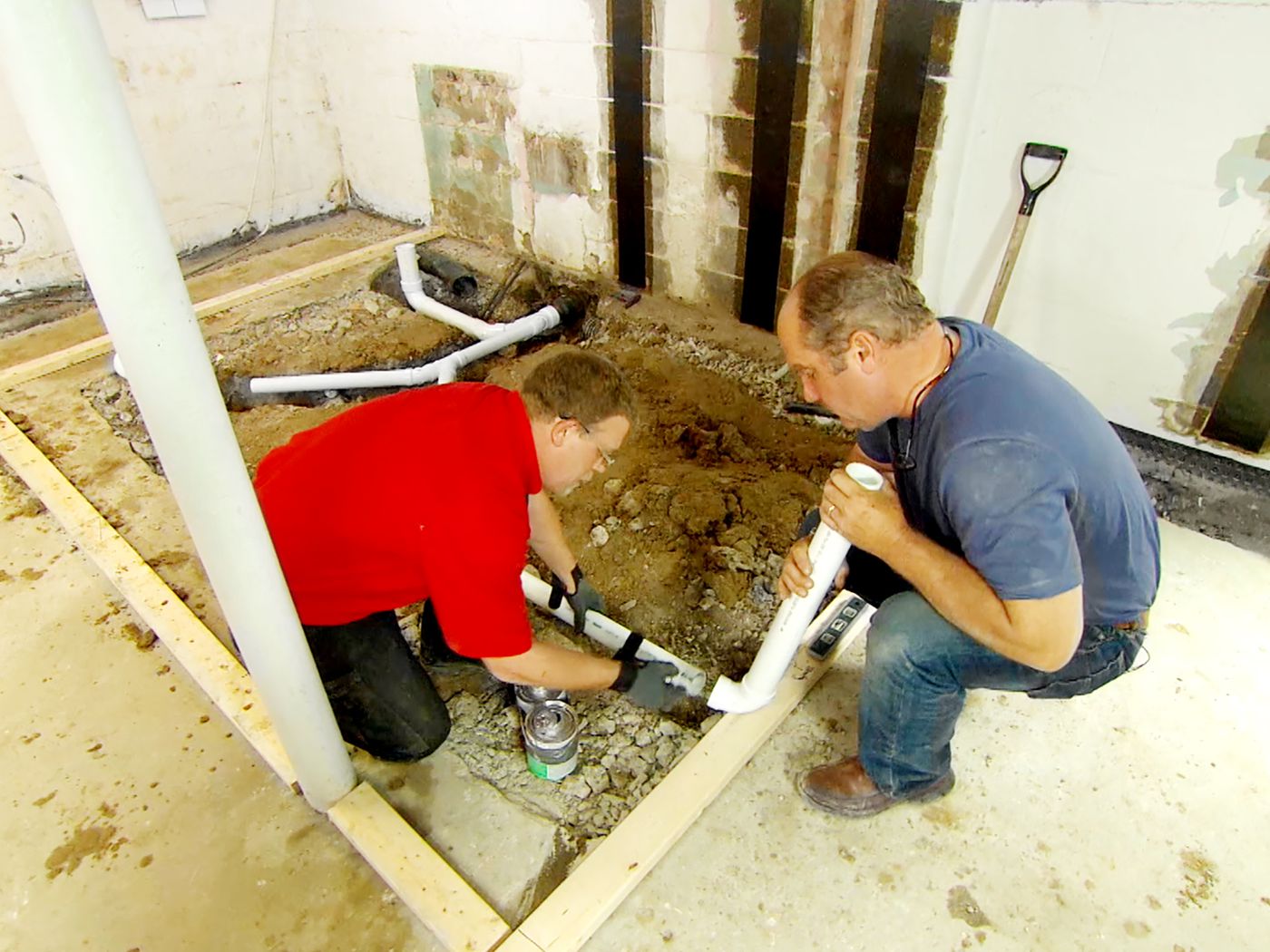In the basement, there is a rough-in pipe that is connected to a toilet. When you flush the toilet, the water flows into the rough in the pipe. If you have a bathroom in a basement, you will have a problem when you flush the toilet.
The problem is that the water will flow into the rough in the pipe. If the rough in the pipe is too small, the water will not be able to flow out of the rough in the pipe.
The solution to this problem is to install a toilet in the basement. The toilet will be installed in the basement and the rough-in pipe will be connected to the toilet. The toilet will be installed in the basement because the toilet is big and it can hold a lot of water.
Components of a Water System
Before discussing the tools and the process of adding a bathroom to a basement, it is equally important to understand the elements of the water system.
1. Sewer System
The water systems are composed of sewers and drainage pipes that collect wastewater from different buildings to water treatment sites.
Sewer systems collect stormwater run-off that drains from urban areas and carry it to local reservoirs.
2. Machinery and Equipment System
A machinery system is a system to get water from the machines for treatment.
It usually includes a pump for getting wastewater, a pipeline, a septic tank, a sewage purification system, a septic tank, a sewer drainage pipe, and a water leak detector.
3. Water Supply and Distribution System
This is the water supply and distribution system, which includes pipelines that carry water from water sources to households and instruments.
It’s true that there are many different types of toilets in the world, but one thing they have in common is the fact that they all need one.
4. Ventilation System
The air is supplied to the drainage system through the stove pipe.
It’s difficult to make air move, but it means that the air isn’t moving into the entire roof. A duct was made to fix the problem. It passes through the wall to connect to a ventilation tube in the attic.
Essentials Tools to Use
- Hammer and hand drill with drill bits
- Hacksaw
- Open-end wrench
Materials To Be Used
- Toilet
- Toilet supply hose
- Shut off the valve
- Concrete screws
- Hammer
Steps in Putting a Bathroom
Step 1 – Find the Drainage
Drainage is the key to preventing water damage, so maximize the location of the main drain to prevent it from becoming clogged.
Mark the spot where you plan to drill into the bathroom wall. This is the point of your new toilet’s floor connection.
If you want an accurate measurement of the distance from the toilet to the main drain, you can do a trial by keeping a piece of string long enough to reach from the bathroom to the basement. If you have a bathtub, you’ll need to drill at least three holes. This will prevent any damage that could occur from the screws pulling out of the wall and dropping into the tub.
Step 2 – Preparing the Water Supply
Because of the need to turn off the water at your house, some people will opt to have someone else do this for them.
If you want to do this yourself, it’s best to call your local utility company. They’ll know exactly what to do and how much it costs.
If possible, write down the exact shut-off location and any special tools you may need to turn the taps off.
Step 3 – Check Your Drain Pipe
The first step to installing a bathroom in the basement with rough-in is to check your drain pipe.
If you don’t know, you might have to call in a professional to inspect the area for signs of leaks or breaks.
Knowing the material of your old pipe means that you can match it up to a toilet flange for a bidet from the three materials available for purchase.
Step 4 – Saw the Drain Pipe
It is better to cut the pipe from the bottom. If your skin is already loose, remove the cap with a hammer. You might want to wear an industrial respirator.
Step 5 – Line Up The Flange
If you have a flush toilet in your home, you should measure out where the toilet should sit and ensure the toilet will flush properly.
Step 6 – Install The Shutoff Valve
If you have a toilet that uses water, turn off the water supply by turning off the shutoff valve.
If the main water valve controls the flow of water, then shut it off.
You can do this by turning off the water that runs to the toilet tank.
Remove the old valve from your old toilet with a pair of pliers.
Conclusion
Some homes have a basement bathroom. This can be a problem if you use a toilet that is connected to the rough-in pipe. A basement bathroom will not drain properly if the rough-in pipe is very small.
There are ways to solve this problem. One method is to install a drainpipe that will connect the bathroom to the outside of the house.
A second method is to install a drainpipe on the floor of the basement. This will allow the basement bathroom to drain properly. The drainpipe will also keep the water that comes out of the toilet from flowing into the rough-in pipe.

A group of home improvement enthusiasts and bathroom design experts, combines in-depth knowledge and a shared passion to deliver engaging, informative content that guides readers through the world of bathroom innovation and style.

Leave a Reply